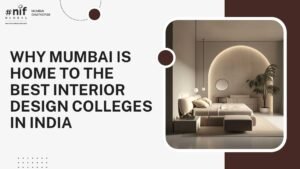
Why Mumbai is Home to the Best Interior Design Colleges in India
Number of Interior Design Colleges in Mumbai Mumbai isn’t just India’s financial capital — it’s a thriving hub for design
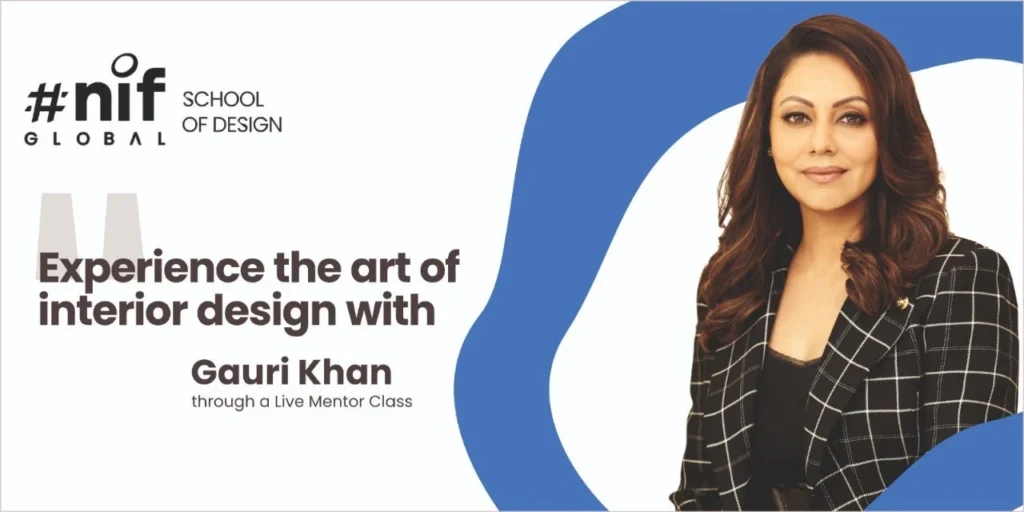



A top institution for fashion and interior design, NIF Global Mumbai, Ghatkopar, provides unparalleled opportunities for imaginative thinkers to bring their visions to life. Our hands-on, industry-driven curriculum equips aspiring designers with practical skills, fostering innovation and creativity every step of the way. Whether you dream of crafting runway-worthy garments or transforming living spaces into captivating environments, NIF Global Mumbai stands as the best fashion institute in Mumbai and the best interior design institute, ensuring you graduate as a confident, industry-ready professional.
INTRODUCTION TO NIF GLOBAL MUMBAI
NIF Global
– New York Institute of Fashion is a premier design institute dedicated to shaping the future of Fashion, Interior, and Beauty Design. Located in Ghatkopar, Mumbai, we combine global exposure with local expertise to provide students with a comprehensive learning experience. Our state-of-the-art infrastructure features modern design labs, live industry projects, and expert mentorship from international professionals. By blending creativity with practical application, we empower students to excel in the highly competitive design world. Whether you’re passionate about fashion, interior décor, or beauty artistry, NIF Global Mumbai ensures you have the tools, resources, and guidance needed to turn your passion into a thriving career.
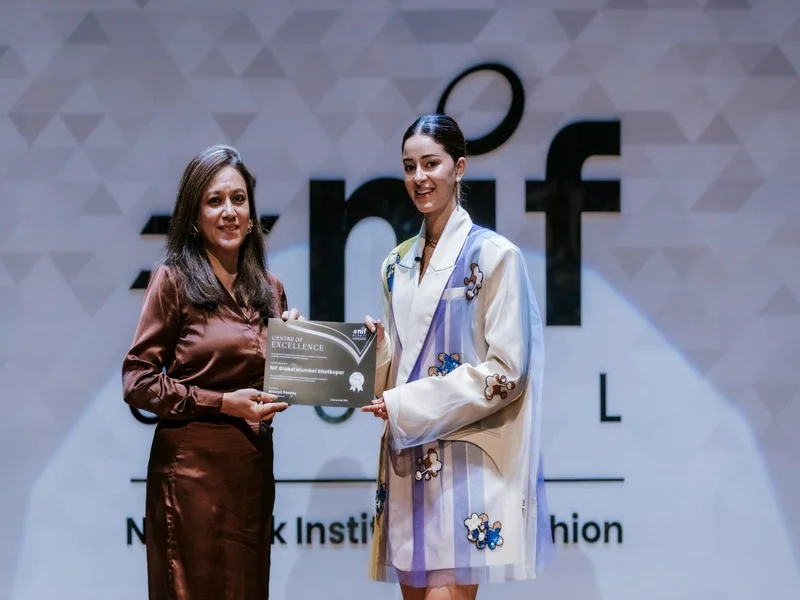



To offer top-notch instruction that seamlessly combines creativity and practical skills, guiding students toward successful careers in fashion and interior design. We aim to nurture a new generation of designers who will drive industry innovation with their imaginative concepts and set new global standards. At NIF Global Mumbai, we are committed to providing students with the tools to realize their dreams, work diligently, and make a lasting impact on the design industry.
To be recognized as the leading design institute in India, known for producing visionary designers who influence trends worldwide. Through our rigorous curriculum, real-world exposure, and industry partnerships, we strive to cultivate creative leaders who redefine the future of design.
NIF Global, Ghatkopar is a premier design institute shaping the future of Fashion, Interior, and Beauty Design. Our industry-driven curriculum ensures:
Comprehensive Support: Dedicated career counselors, alumni mentorship programs, and regular industry interaction sessions help students navigate their career path confidently.

1 Year Foundation Programme in Fashion Design
An intensive curriculum introducing core design principles, textile study, and essential software tools for budding fashion designers.

A world-class institute focusing on fashion, interior, and beauty design education. Students actively participate in collaborative workshops, hands-on industry projects, and international exchange programs for a well-rounded, real-world learning experience. With mentorship from international design experts and frequent masterclasses by leading professionals, this institute ensures that graduates possess both creative flair and industry insight.

Committed to shaping tomorrow’s business leaders through specialized programs in Design Management, Retail Management, and Entrepreneurship. Students analyze real-world case studies, participate in strategic collaborations with established brands, and develop skills in market research, brand building, and retail operations. This combination of design thinking and business acumen equips graduates to manage creative enterprises effectively.

Specializes in Makeup Artistry, Hair Design, and Beauty Management, providing hands-on practice in professional salons and studios. Students learn the latest industry techniques, work on live models, and have opportunities to assist at major fashion shows and beauty events. With access to international beauty experts and product developers, graduates leave with the confidence and expertise to thrive in salons, cosmetic brands, or as freelance artists.

Ashley Rebello
(Fashion Designer)

Manish Malhotra
(Fashion Designer)

Ananya Panday
(Style Icon)

Gauri Khan
(Interior Designer)

Twinkle Khanna
(Interior Designer)










VANSHIKA BHANUSHALI
Fashion Design Student
Hello, I am Vanshika Bhanushali a 1st year student in Fashion Designing at NIF Ghatkopar, attending NIF’s fashion designing classes was transformative. The curriculum blended theory with practical skills, and the supportive instructors shaped my passion for design. Participating in New York Fashion Week as a dress designer was exhilarating. Showcasing my creations on such a prestigious platform and interacting with industry professionals deepened my insight into the fashion world. These experiences have honed my skills and fueled my aspirations in the industry.

ZOYA KHAN
Fashion Design Student
Hi, I am Zoya Rafique Khan, 1st Year Interior Designing student studying in NIF Ghatkopar. It’s an awesome experience studying here considering everything like faculties, classrooms and the overall ambiance of the institute. Faculties are highly knowledgeable. They make sure that they cover each and every topic and also explains everything in detail. Also NIF Ghatkopar offers a wide range of opportunities for the students. Recently we got a chance to participate in Kala Ghoda Arts Festival 2024 where with the help of our mentors, we got to learn so many things and got a chance to showcase our work. I am so happy that I choose this Institute for my professional carrier.
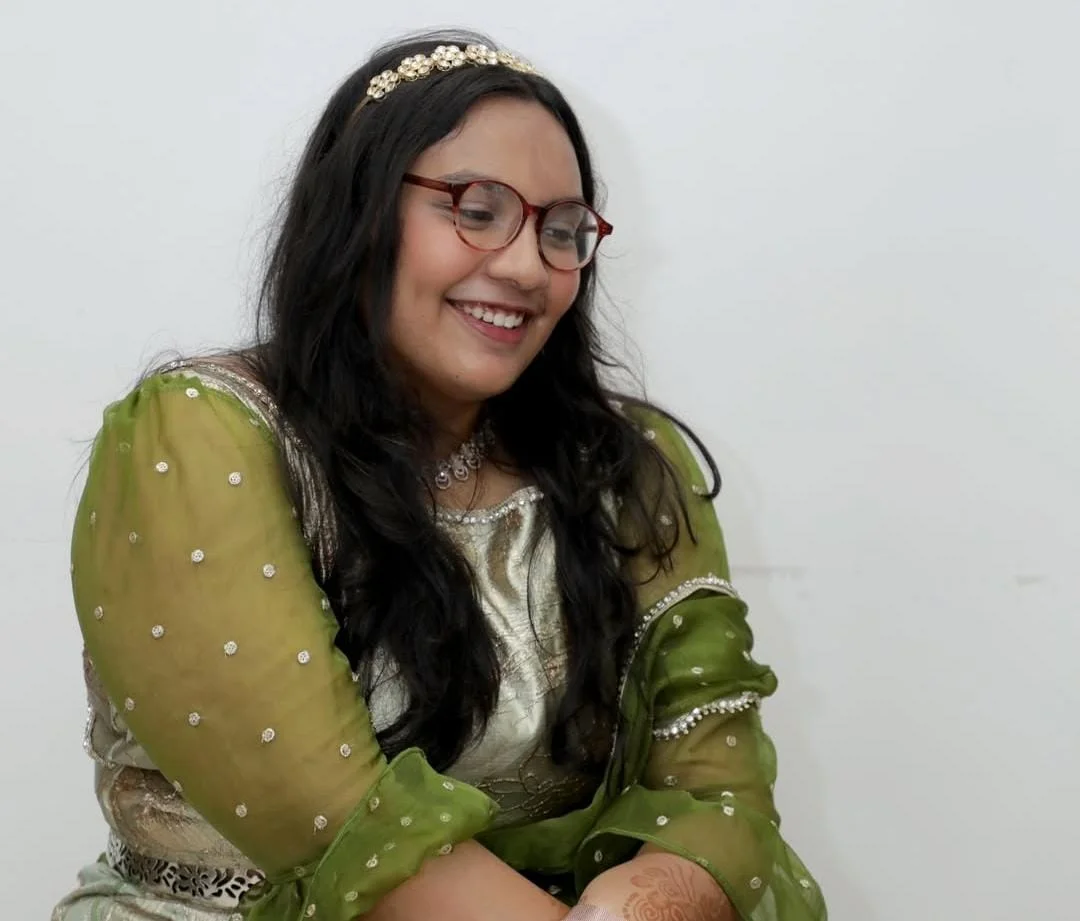
KHUSHI PAREKH
Fashion Design Student
I am a first year student at NIF GHATKOPAR the classrooms and the faculty is really nice recently I got a chance to participate in new york fashion week in which I learnt a lot about team work, fashion and many more things. The environment here is really nice which makes it easier to study for long hours

MAHEK JADHAV
Interior Design student
Hello . This is Mahek Jadhav from 1st year of Interior Designing in NIF Ghatkopar . All the faculties here are incredibly helpful to all the students . Recently, all the students of Interior Designing got a wonderful opportunity to participate in Kalaghoda Arts Festival this year . The whole thing was a great learning process and to work under such a renowned platform was a fabulous opportunity. Our mentors were there with us the whole time to guide us and help us wherever necessary.
I am immensely grateful to be studying here with so many talented people and also for laying the foundation of my knowledge and future success.

SANIKA RANE
Interior Design student
Hi I’m sanika rane studying fashion designing in NIF Ghatkopar. For studying fashion designing course NIF ghatkopar is an excellent place and as a first year student I’m really liking the atmosphere and the faculties too. Till now the experience is amazing and im really looking forward to gain more knowledge about the fashion designing degree in NIF GHATKOPAR institute.

BHAVIKA GEHANI
Fashion Design Student
I am Bhavika Gehani and I am pursuing interior designing in NIF Ghakopar. It has been an amazing experience studying here. The teachers are fantastic and really help us understand everything. There is a good balance of theory and practical application. The hands-on projects and workshops have greatly enhanced my skills. We also got to participate in Kala Ghoda Art Festival, which was a big learning experience for us as a first year students. Overall, NIF Ghatkopar has been a great choice for my interior design education.
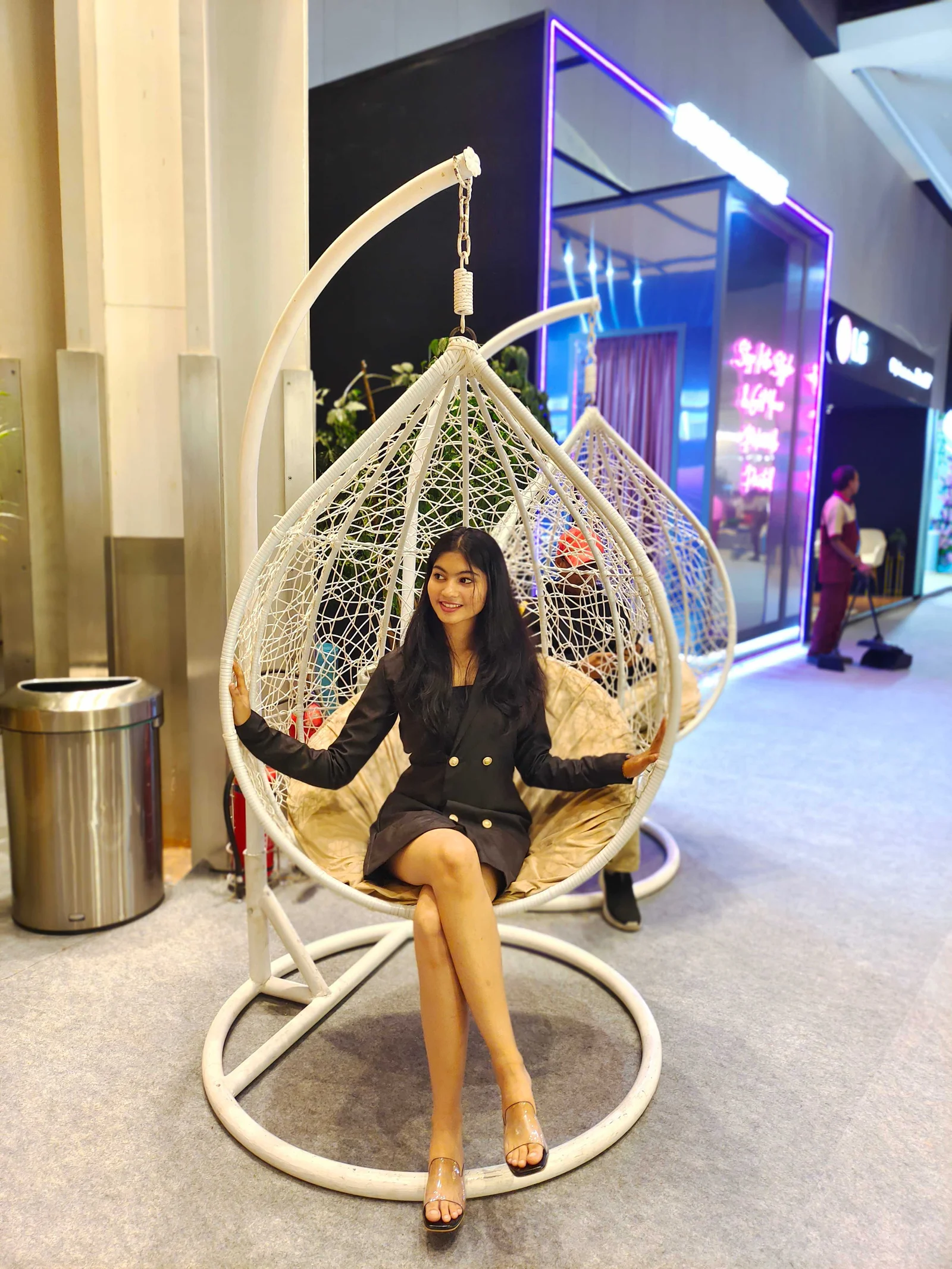
SAKSHI BADALA
Fashion Design Student
I’m Sakshi Badala studying fashion designing at NIF Ghatkopar,Mumbai.
At NIF Ghatkopar, I’ve had incredible opportunities for growth. The experienced faculty not only provide knowledge but also offer extensive support in portfolio building and design beyond the syllabus. My experience with the Lakme Fashion Week implementation team was transformative, giving me firsthand insights into backstage operations and the world of high-end fashion. Overall, it’s been a rewarding journey that has shaped me into a confident and versatile designer.

Number of Interior Design Colleges in Mumbai Mumbai isn’t just India’s financial capital — it’s a thriving hub for design

A career in interior design is growing faster than ever in India, especially in cities like Mumbai, where creativity meets

Overview of Fashion Design Education in Mumbai Fashion design education in Mumbai has become one of the most sought-after career








Testimonials









KAVYA PATEL
Hey! Kavya Patel here….i have been studying Interior Designing in NIF Ghatkopar since a month now and I just wanted to take out a moment to appreciate the Faculties and staff members of our branch. All the teachers and faculties are very friendly and always give us a helping hand with any small or big thing. Everything we learn here is shaping us for a better future and it’s fun at the same time!

VEDANT GAIKAR
Hello everyone. Myself Vedant Gaikar , 1st year interior design student in NIF Ghatkopar. All the faculty members are very helpful . We also got an opportunity to work in Kalaghoda Arts Festival for our Art installation. It was a great learning experience for us as beginners. I am grateful to NIFGhatkopar for laying the foundation of my success .

MITISHA DHARIWAL
NIF Ghatkopar is one of the finest Design institute in Mumbai ! It’s a well-equipped learning hub for the design enthusiasts. With each passing year, this place only gets better with their successful placements and award winning student’s work! I have learnt many new things from my teachers who were very helpful in every way they could.

DHARA SHAH
I Dhara Shah am a student at NIF Ghatkopar and my experience till now has been amazing . All the faculty members are very supportive and helpful . They offer great opportunities for students to excel in their fashion career.

PRAMAL KULAL
Hi,this is Pramal kulal,a student at NIF Ghatkopar. Recently, I had the privilege of participating in the Set Designing Competition of Lakme THE DESIGN CARNIVAL Season 9, a once in a lifetime experience. Winning competition opened the doors to mentorship under the guidance of the illustrious Neeraj Gaba. The opportunity to work behind the scenes at the Lakme Fashion Week,delhi,with Neeraj Gaba himself, was an invaluable experience that broadened my horizons and deepened my understanding of the intricacies of the fashion industry. I owe a tremendous debt of gratitude to our mentors, whose guidance and support have been instrumental in shaping my creative journey. I am immensely grateful to NIF Ghatkopar for laying the foundation for my success and helping me achieve this great experience.
NIF Global Mumbai offers merit-based scholarships and need-based financial assistance. To apply, submit your academic transcripts, portfolio (if applicable), and a scholarship application form available on our website. Shortlisted candidates are invited for an interview with our scholarship committee. Additionally, flexible EMI plans with 0% interest help ease the financial burden.
We maintain strong ties with leading fashion houses, interior design firms, and beauty brands. Through our placement cell, students gain internship opportunities with top industry names, including renowned designers and architecture studios. Past interns have worked on fashion weeks, interior projects for premium clients, and editorial shoots. Upon graduation, our placement team assists with interviews, portfolio presentations, and job placements.
Yes. We have a transfer-credit evaluation process. Submit your previous academic transcripts and detailed course syllabi to our admissions office. A committee reviews your coursework and, if it aligns with our curriculum, credits are transferred accordingly. This allows you to complete your program in a shorter duration while ensuring that you meet NIF Global’s high standards.
Alumni of NIF Global Mumbai continue to receive career counseling, placement assistance, and networking opportunities. Our alumni portal hosts job listings, collaboration projects, and invitation-only design events. Regular alumni meetups, webinars with industry experts, and exclusive masterclasses ensure our graduates stay connected, updated, and ahead in the design world.
To enroll in any of our fashion or interior design programs, candidates must have completed their 10+2 (or equivalent) examination from a recognized board. For diploma and certificate courses, relevant work experience or portfolios are considered, but the foundation course is open to all creative aspirants regardless of background.